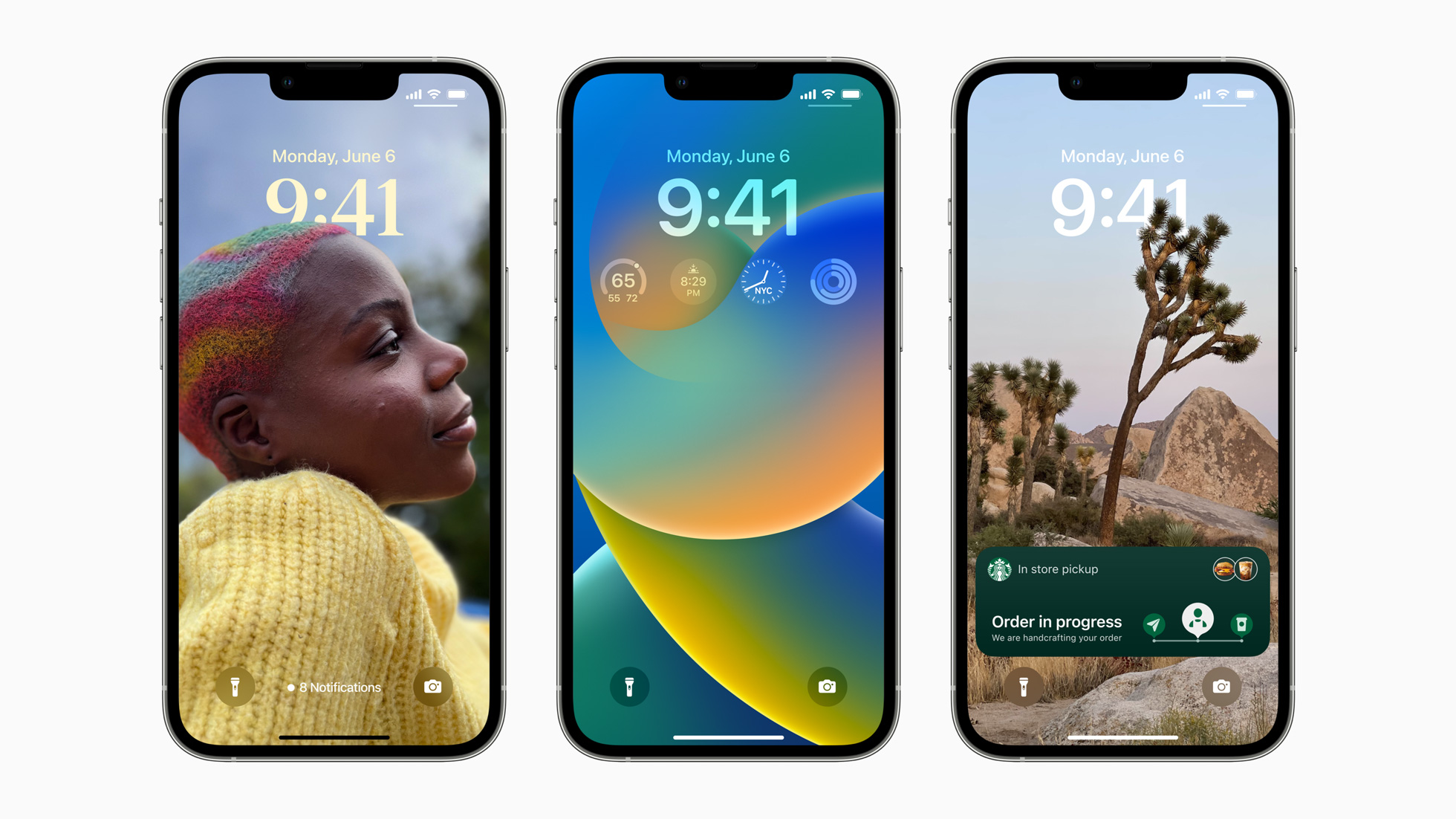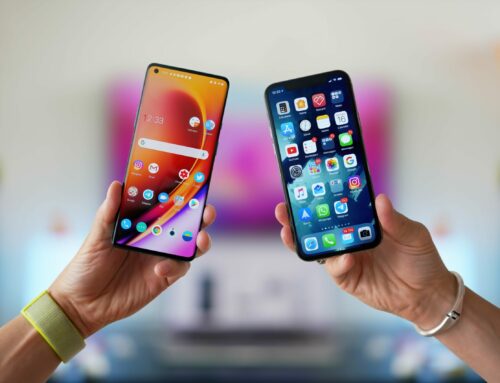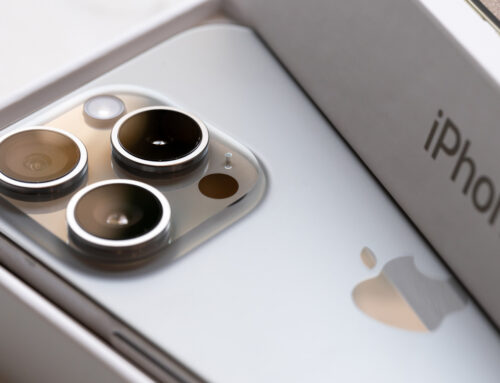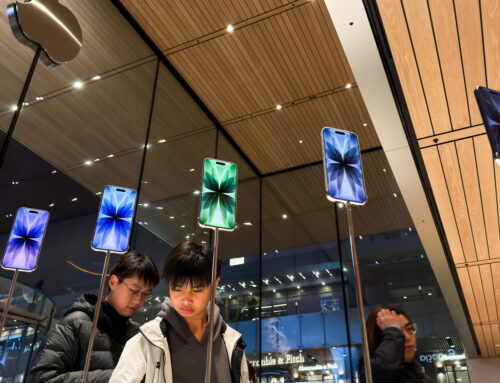For the past few years, owners of older iPhone models have been able to breathe a sigh of relief as Apple has continued to support their devices with new versions of iOS. But in 2022, that won’t be the case. On Monday, during the WWDC 2022 keynote, Apple revealed iOS 16 and iPadOS 16. The updates will bring several major new features to iPhone and iPad. As a result, iOS 16 and iPadOS 16 are dropping support for some older devices.
Which iPhone models will iOS 16 support?
In a press release on Monday, Apple confirmed that iOS 16 will be available this fall as a free software update for iPhone 8 and later. That means the upcoming software update will drop support for the following devices when it rolls out:
- iPhone 6s
- iPhone 6s Plus
- iPhone 7
- iPhone 7 Plus
- iPhone SE (1st generation)
If you own any of these devices, you won’t be able to update past iOS 15.6. With that in mind, here are all of the iPhone models that will be able to update to iOS 16:
- iPhone 13
- iPhone 13 mini
- iPhone 13 Pro
- iPhone 13 Pro Max
- iPhone 12
- iPhone 12 mini
- iPhone 12 Pro
- iPhone 12 Pro Max
- iPhone 11
- iPhone 11 Pro
- iPhone 11 Pro Max
- iPhone XS
- iPhone XS Max
- iPhone XR
- iPhone X
- iPhone 8
- iPhone 8 Plus
- iPhone SE (2nd generation)
- iPhone SE (3rd generation)
In addition to the devices listed above, iOS 16 will obviously support and ship with the 2022 iPhone that launches this fall. Rumors suggest Apple will release the iPhone 14, iPhone 14 Max, iPhone 14 Pro, and iPhone 14 Pro Max in September.
Which iPad models will iPadOS 16 support?
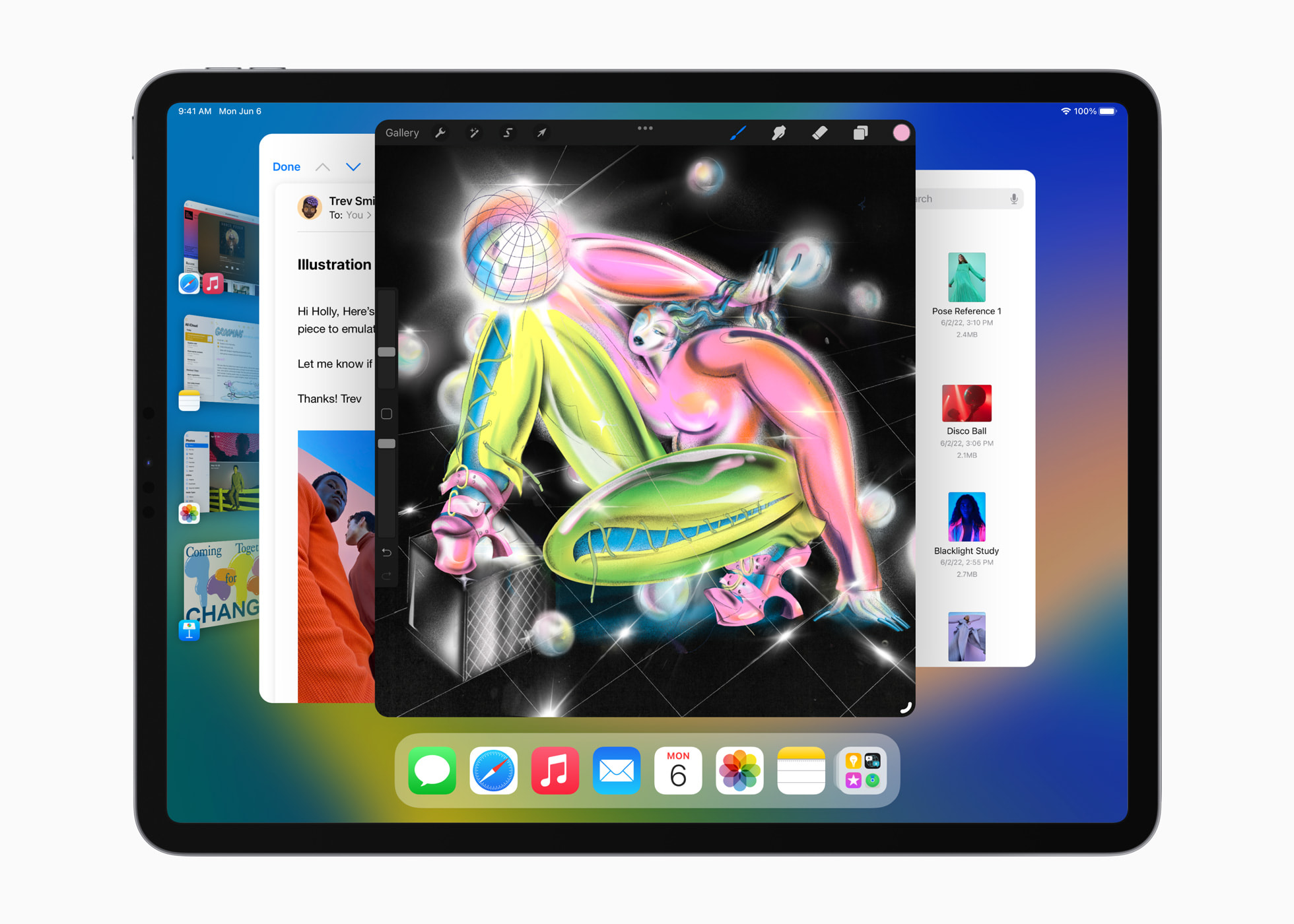
iPadOS 16 is arguably an even more substantial update than iOS 16. The update gives iPad owners the ability to create overlapping windows that can easily be resized. The iPad might finally serve as a viable laptop replacement. But, much like iOS 16, iPadOS 16 won’t support every device that iPadOS 15 supported, dropping these tablets:
- iPad Air 2
- iPad mini 4
Meanwhile, iPadOS 16 will support all of the following Apple tablets at launch this fall:
- iPad Pro 12.9-inch (4th generation)
- iPad Pro 11-inch (2nd generation)
- iPad Pro 12.9-inch (3rd generation)
- iPad Pro 11-inch (1st generation)
- iPad Pro 12.9-inch (2nd generation)
- iPad Pro 12.9-inch (1st generation)
- iPad Pro 10.5-inch
- iPad Pro 9.7-inch
- iPad (7th generation)
- iPad (6th generation)
- iPad (5th generation)
- iPad mini (5th generation)
- iPad Air (3rd generation)
The fact that Apple supported some of these devices as long as it did is fairly incredible. The iPad Air 2 came out in 2014, and although it isn’t running quite like it used to, it’s still getting daily use in my home. There’s really no way it would have been able to handle multiple apps running in resizable windows, though, so this is probably for the best.
If you want to give iOS 16 or iPadOS 16 a test run, the developer betas rolled out on Monday after Apple’s keynote address. Apple says that the public beta won’t be available until July, so most of us will probably have to wait until next month.

